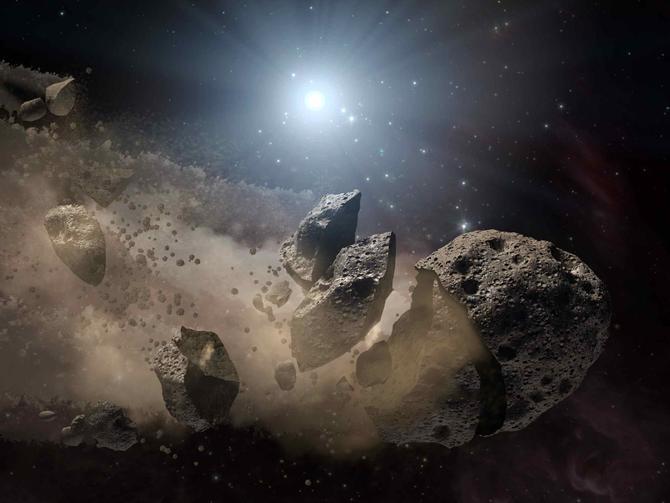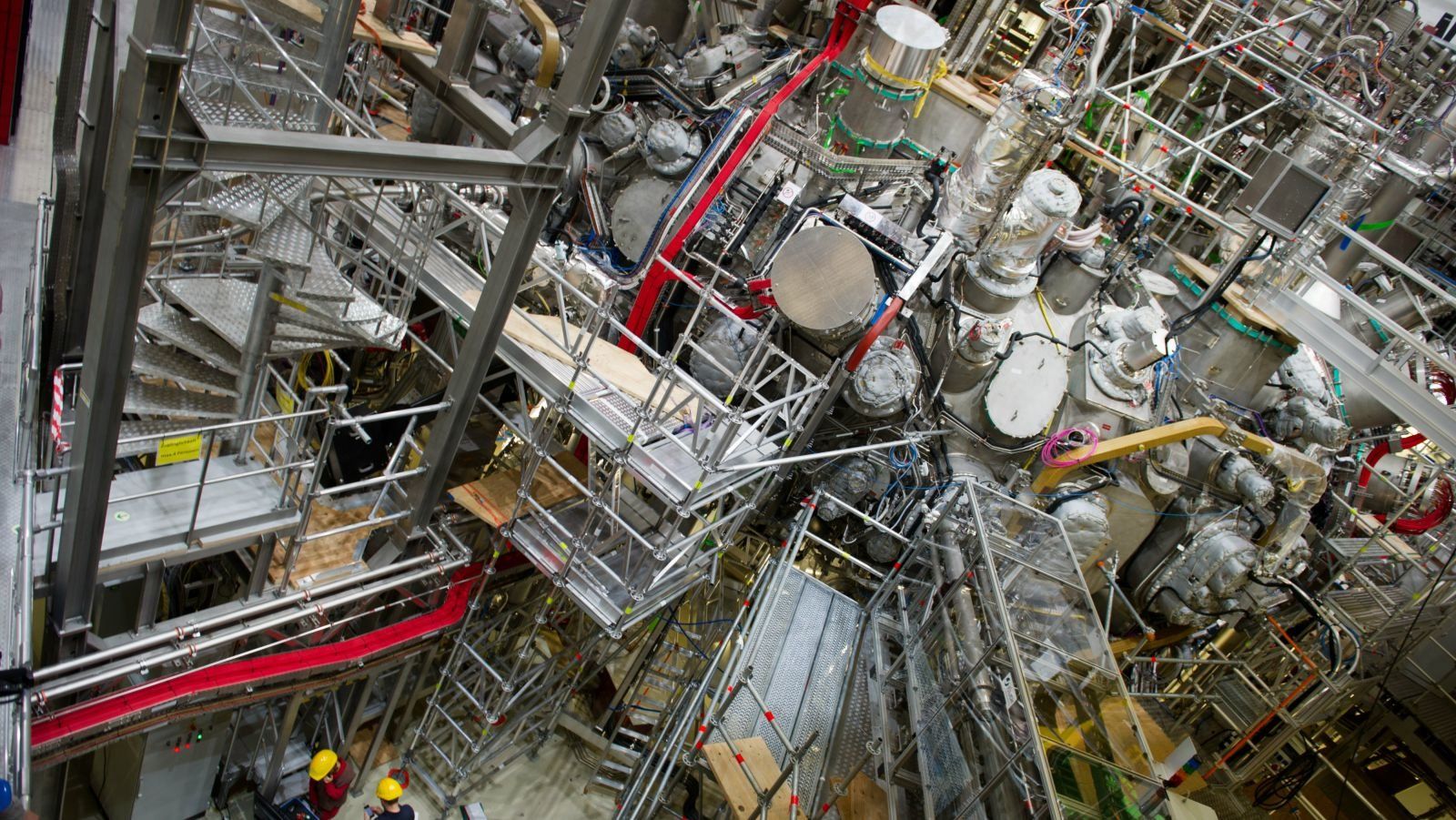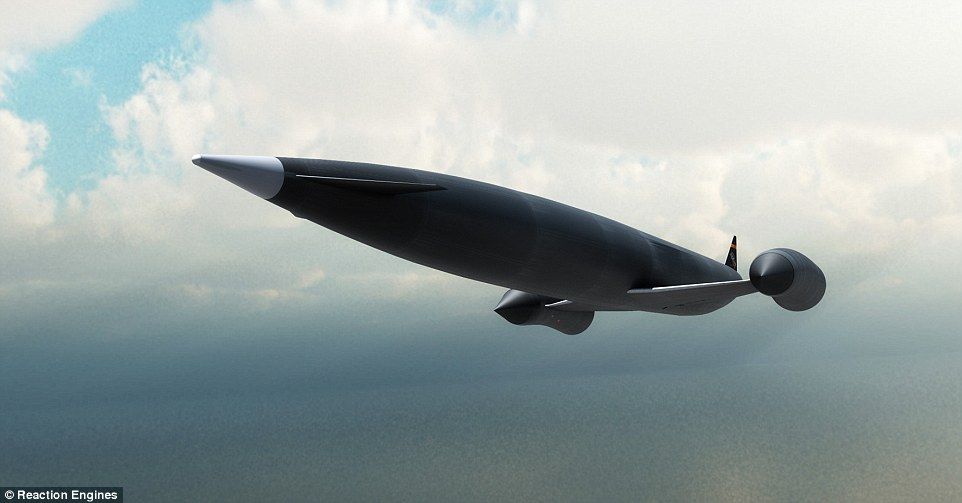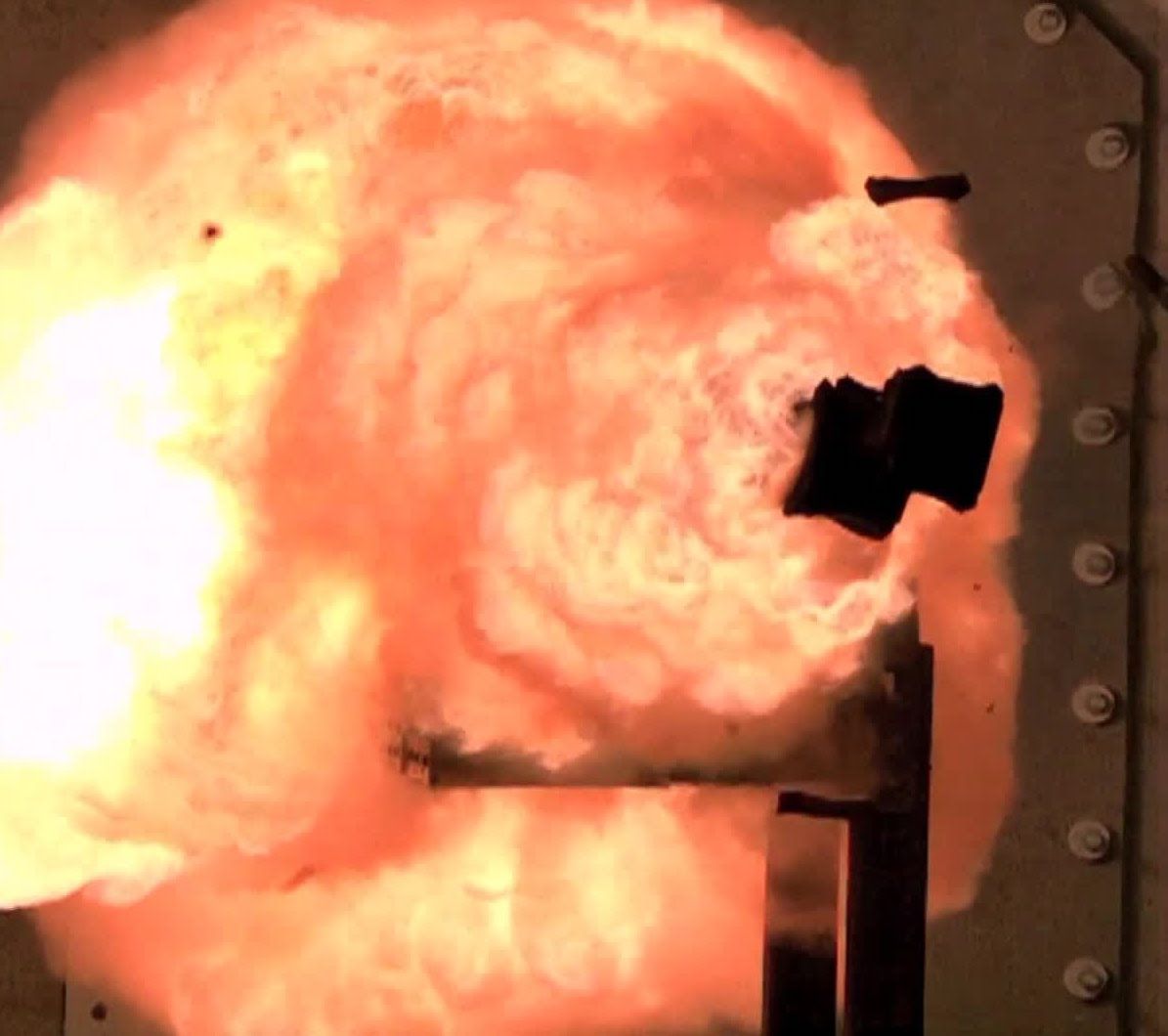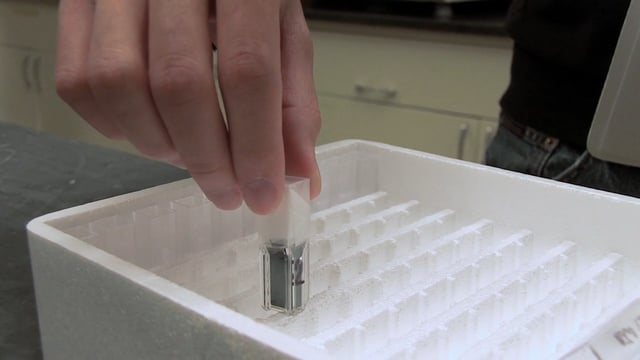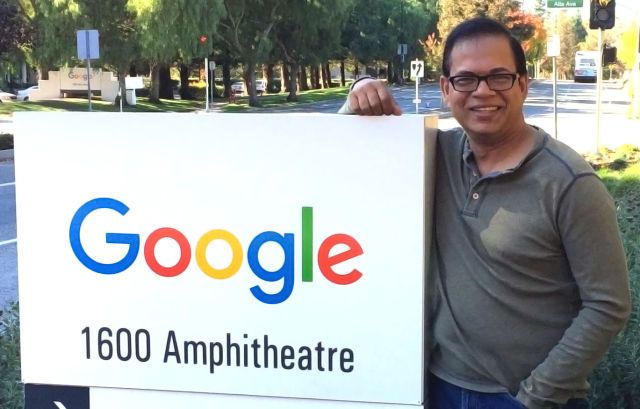There’s little data on asteroid 2013 TX68, leaving doomsayers predicting a cataclysmic collision. But the space agency is far less concerned.
Memphis Meats, which grows meat from animal cells, will make its debut this week and plans to have its animal-free products on the market in three to four years. To show just how busy they’ve been in the lab, they unveiled the first meatball grown from beef cells.
German scientists today will set about the first steps towards what has become the Holy Grail of energy—nuclear fusion, which has the potential for unlimited amounts of clean power. There are a number of challenges to harnessing this power —researchers need to build a device that can heat atoms to temperatures of more than 100 million °C (180 million °F).
After almost nine years of construction work and more than a million assembly hours, researchers from the Max Planck Institute in Greifswald are set to do just that by heating a tiny amount of hydrogen until it becomes as hot, hopefully, as the center of the Sun.
Researchers are keen to tap into the incredible amount of energy released when atoms join together at extremely high temperatures in the super-hot gas known as plasma. Today’s test will not produce any energy, just the plasma—a different state of matter created at extremely high temperatures. German chancellor Angela Merkel, who has a doctorate in physics, will reportedly attend.
Dumbing down the population and now bring in the robots.
The most notable individual who resisted the pretended reduction of science to logic was Albert Einstein.
“Come fly with me, let’s fly, let’s fly away”
A Boeing’s new Robot Spaceplane; interesting.
Anyone, want to work for the SCO?
A little known Pentagon office tasked with tweaking existing U.S. military weapons is a key player in staying ahead of Russian and Chinese capabilities.
Q-Dots in your TV in 2016.
Hisense plans to introduce a total of 22 TVs to the U.S. market in 2016, including 720p, 1080p, and UHD models. All of Hisense’s 2016 UHD TVs (eight models total) will support High Dynamic Range, and screen sizes will range from 43 to 65 inches. The flagship 65-inch H10 (shown here) will feature both HDR and quantum dot technologies and have a full-array LED backlighting with local dimming. The 65H10C will be available in the second half of 2016 for $2,799.99
From Hisense Dedicated to continually pushing the envelope with innovative design, technology and value to the consumer, the number-three TV manufacturer globally is looking to achieve the same position within the U.S. with its groundbreaking, affordable, high-quality televisions.
Since introducing its first 4K model in 2013, Hisense has become the fastest growing 4K TV brand in the U.S., a testament to its dedication to R&D expansion, brand building efforts and nimble operations that ensure consistent value is provided to customers and retailers. In addition, Hisense offers an industry leading warranty program, with more coverage than any other brand.
I don’t claim to be the expert on all things Quantum by no stretch; however, this is an amazing discovery and huge step forward for Quantum.
Quantum gas and liquid/ ferrofluid (quantum fluid made of tiny magnets). Now there’s a concept. Q-Dots as ferrofluid flowing through out your system (which is already comprised of about 72% H2O; think about how liquid Q-Dots can be easily absorb as a liquid and given your brain, heart, etc. run on electro charges and sensors; it could definitely open the discussion why even bother with nuero implants when Q-ferrofluid could actually be absorbed and manipulated to target the right areas for fighting diseases or improving brain functions.
The world of quantum mechanics happens only in small scales around a few nanometers. In this nanoworld, particles can behave like waves, and vice versa and have only some probability to be in a particular region. These effects can be directly observed in ultracold dilute gases. For this purpose thousands or a million atoms are cooled down to a few billionth of a degree above absolute zero. At such low temperatures particles become indistinguishable und unite collecitvely to a single giant matter wave called Bose-Einstein condensate which has astonishing properties. The matter wave flows as quantum fluid practically without inner friction, thus it is namedsuperfluid.
Researchers around Tilman Pfau at the Center for Integrated Quantum Science and Technology IQST in Stuttgart (Germany) created such a quantum fluid made of tiny magnets – that are atoms of the most magnetic element dysprosium. They call it “quantum ferrofluid” since it is superfluid and has magnetic properties similar to classical ferrofluids. Ferrofluids consist of ferromagnetic nanoparticles dissolved in oil or water. When a strong magnetic field is applied perpendicular to the surface of the ferrofluid it undergoes a so-called Rosensweig instability. The surface is no longer smooth like normal fluids, but it generates a regular thorny surface resembling a hedgehog. From the point view of the tiny magnets in a ferrofluid, every south- and northpole attract each other. Therefore, it is energetically favourable to be on top of each other along the field direction, so the fluid grows peaks out of the smooth surface.
For their investigations the researchers from Stuttgart created a quantum ferrofluid with 15,000 atoms and induced a magnetic instability. They observed then the emergence of regular patterns consisting of microscopic droplets, similar to the Rosensweig instability of ferrofluids. Each droplet has a radius smaller than 1 µm and their existence was not expected with the current state of research on these systems. Their observation could thus lead to a new field of research, as the researchers expect quantum fluctuations, related to Heisenberg’s uncertainty principle,to play an important role in the droplet existence. These quantum fluctuations allow a unique state of matter that connects opposite properties of gases, crystals and superfluids. This connectioncould be the path to a so-called supersolid, a spatially ordered material with superfluid properties.
I shared this same point of view yesterday; and glad to see Princeton shares the same perspective on Quantum and it’s abundant capabilities. Again; Quantum is going to truly change (if not everything) almost everything that we consume, use, and interact with even in raw material enrichment will benefit from Quantum.
Claire White, an assistant professor of civil and environmental engineering and the Andlinger Center for Energy and the Environment, studies ways to make building materials more sustainable. It turns out that cement production creates a lot of carbon dioxide, so much that it accounts for roughly 5 to 8 percent of man-made carbon dioxide emissions globally. White and her team are developing new types of cement using industrial byproducts such as coal fly ash and blast-furnace slag. They make these materials more durable by adding nanoparticles.
Watch Assistant Professor Claire White explain her research on a more sustainable type of cement.
Very sad to see Amit leave; wonderful man and leader. John taking over Search Engine makes perfect sense since AI is predominantly about information, scanning the net and absorbing info like a sponge to make predictive analysis and decisions from the information available to it. Plus, you add the capabilities to assess people’s search and net activities to the mix; AI is about predicting a person’s mind and habits/ interests. So, merging AI and Search totally make sense and probably was already happening anyway given other press releases.
With Amit Singhal leaving, Google is reportedly merging the AI and search divisions.
